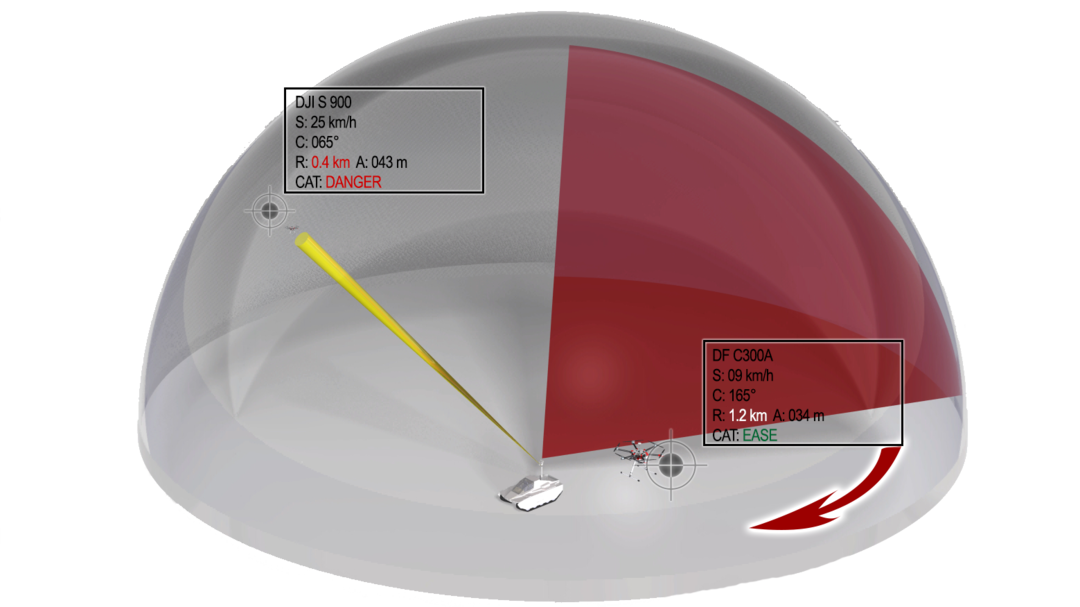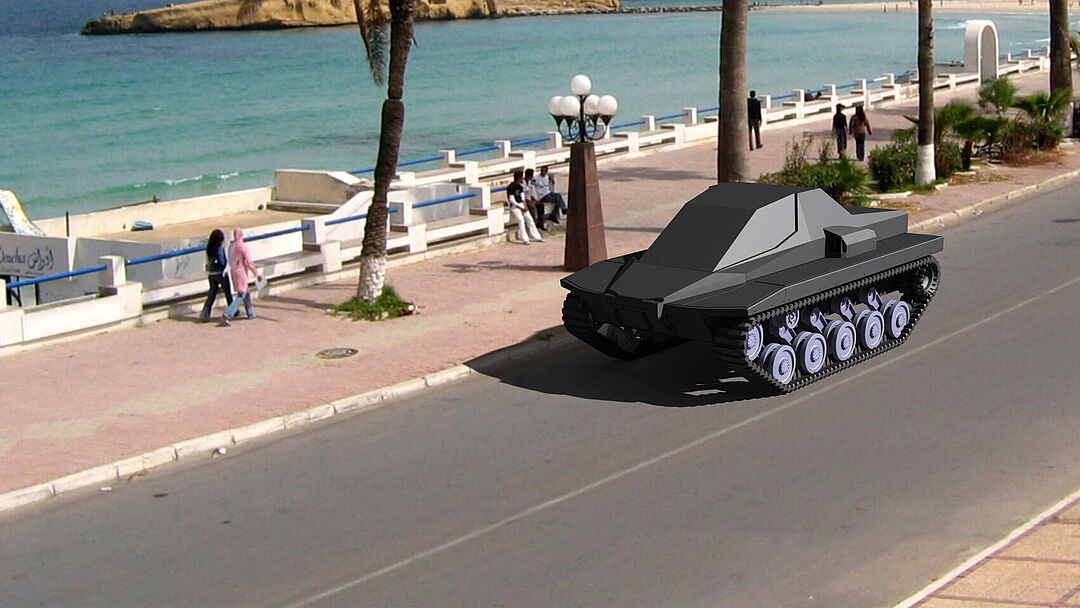Research Profile
The research profile of the department is defined by four focus areas (SPB) with access to various laboratories, facilities and equipment.
Within the framework of these SPBs, basic research as well as applied research is conducted in the form of collaborative projects, projects, dissertations, theses as well as studies and investigations. Here we cooperate equally with companies and external research institutions. The aim is to find solutions to existing and foreseeable problems, to prepare future developments and evaluate them in the form of prototypes, and to develop the basis for product developments and process optimization. The associated expansion of knowledge forms the basis for follow-up projects as well as future-oriented teaching.
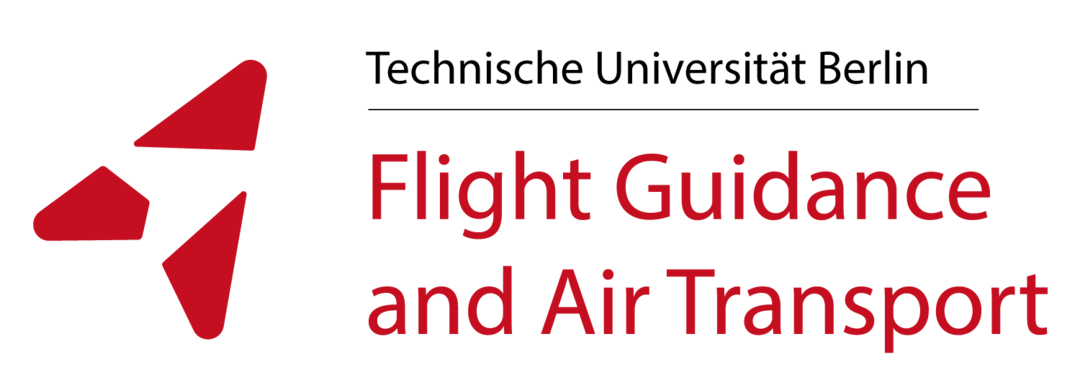
Focus Areas
The research focus of the department is on the aspects of navigation, sensor technology, traffic control, traffic guidance, traffic safety as well as aspects of the operational use of manned and unmanned systems in aviation. Some research projects deal among others with the search for solutions regarding efficient and optimized systems for autonomous navigation including obstacle avoidance of single or swarm operating drone systems (UAS,UGS).
The development of complex electronic systems, sensor integration and aggregation, the realization of adapted software algorithms are part of our daily business as well as the handling of autonomous flying and driving systems. RADAR and LIDAR sensor technology forms a research focus along with other aids (GNSS, LTE) and methods for navigation as well as collision and obstacle avoidance. In addition to operational aspects of manned and unmanned aviation, we also take care of advanced developments and strategies in the field of traffic safety. This also includes solutions in the field of drone detection and defense, coordination solution for systems operating in a swarm, practical use cases and energetic aspects of drone use. Another field is the simulation of individual systems and subcomponents in standalone operation or in the compound of networked systems.

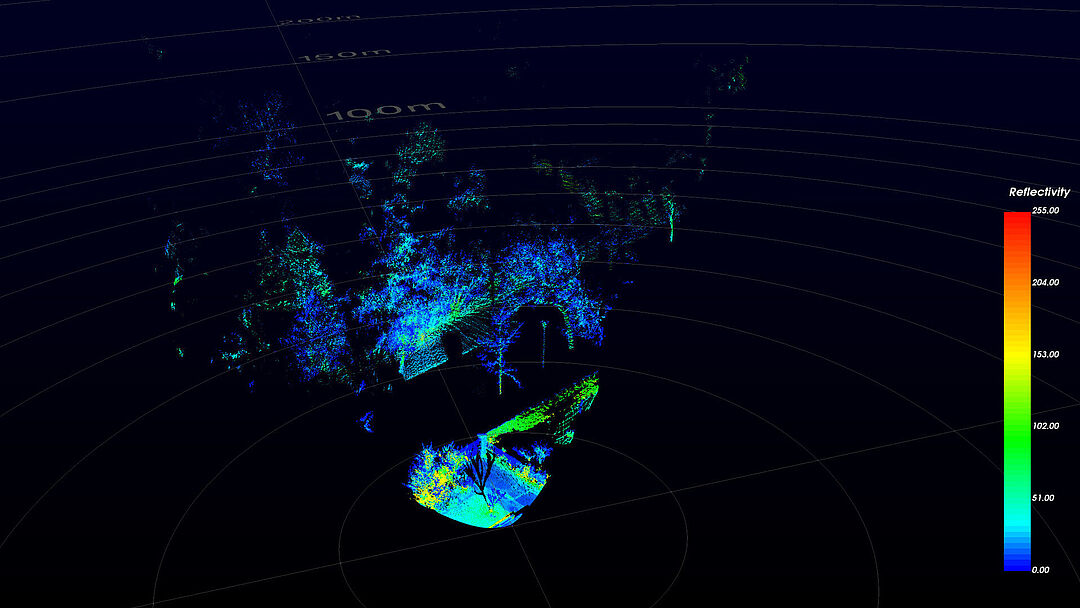
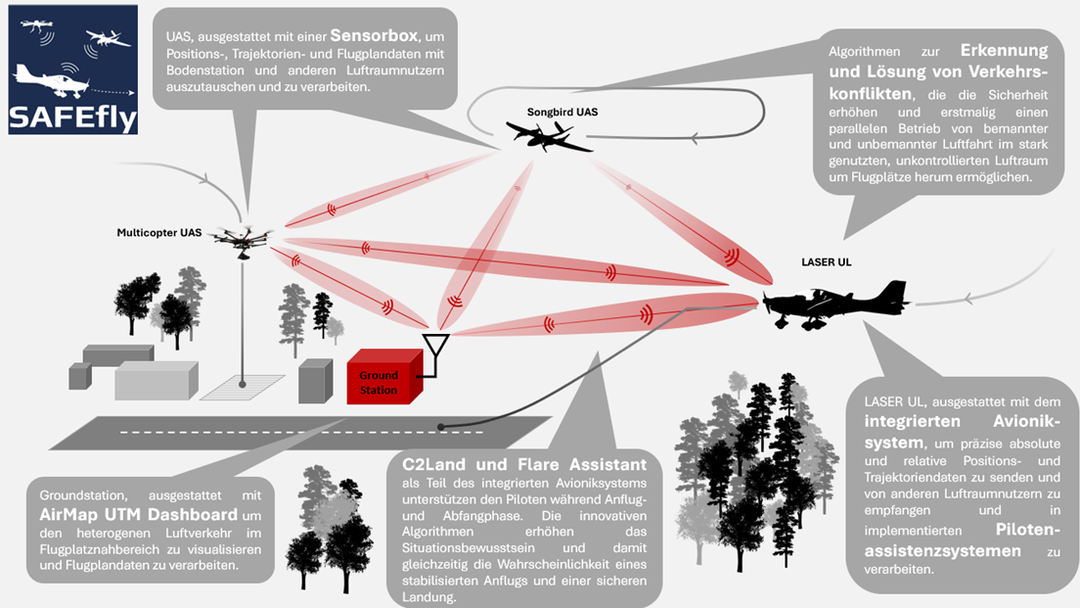 © Svenja Huschbeck
© Svenja Huschbeck
